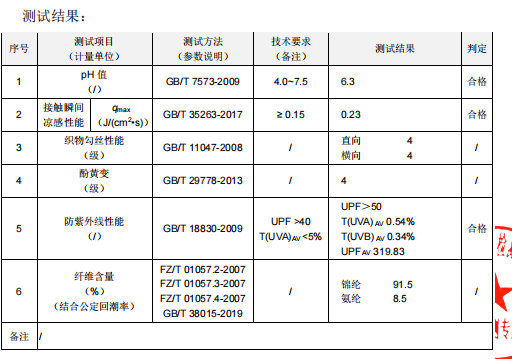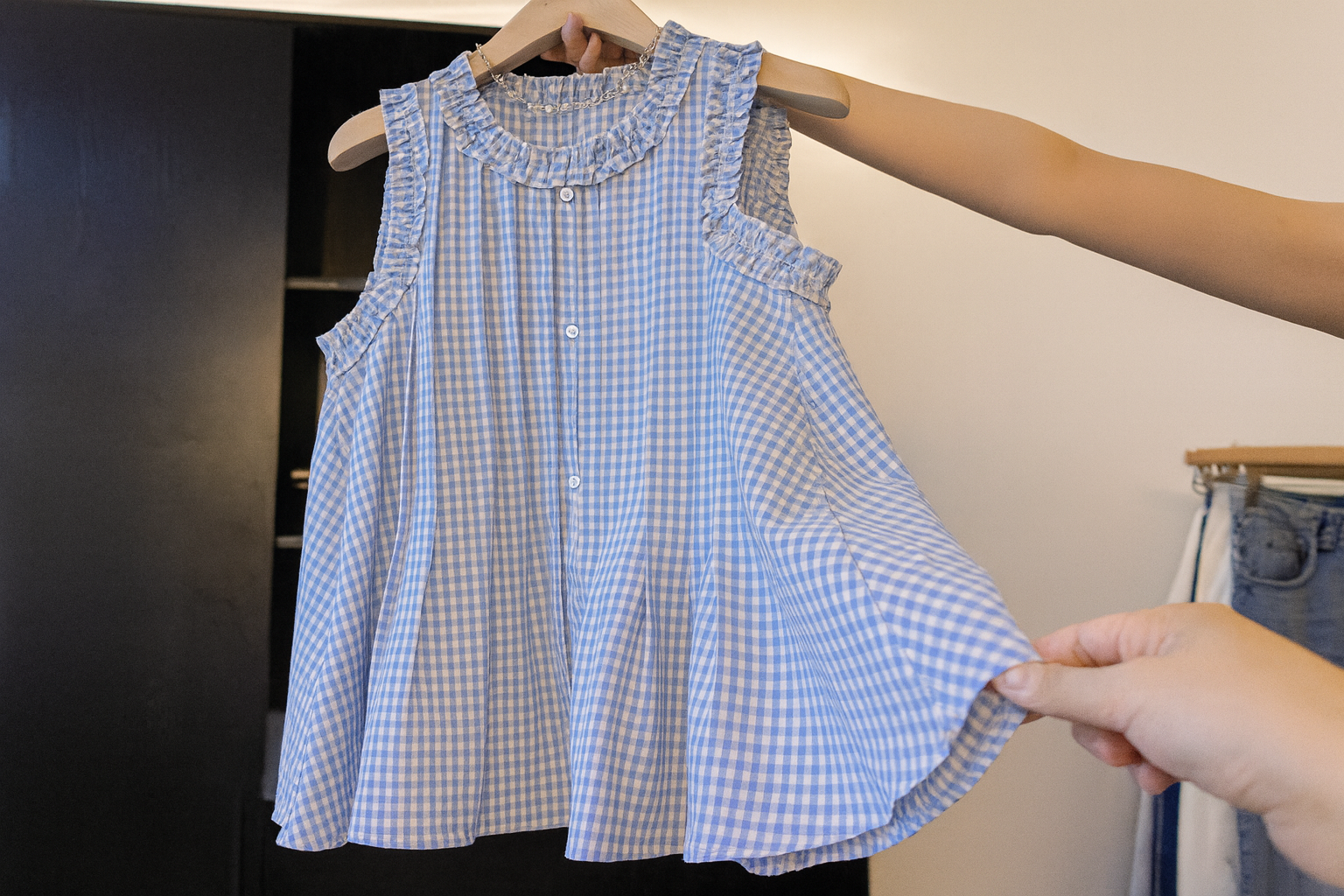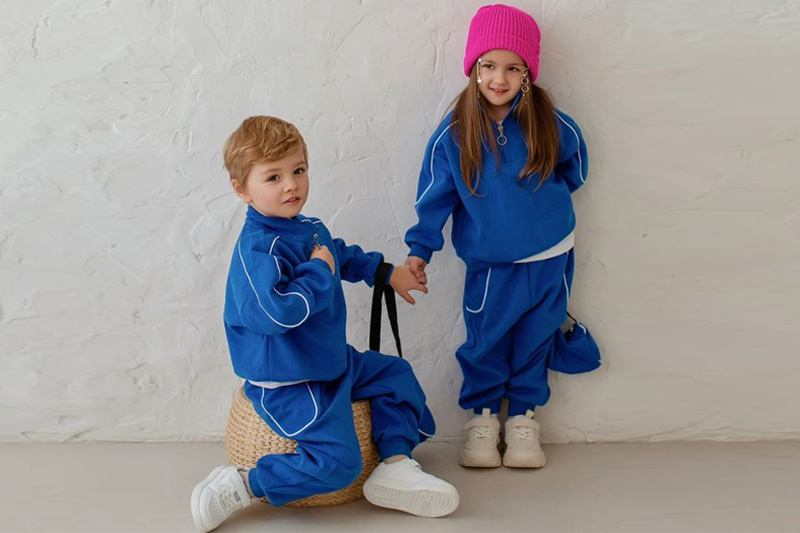When it comes to designing sun protection clothing for kids, it’s not just about cute patterns and bright colors—there’s a lot more going on beneath the surface. The right fabric, the right performance indicators, and the right supplier can make all the difference in keeping children safe under the sun.
Children’s sun protection clothing should be assessed based on key performance indicators: UV resistance (UPF rating), contact coolness (“ice sensation”), snag resistance, and colorfastness (phenol yellowing). Fabric blends like nylon + spandex are preferred for their elasticity, durability, and UV-blocking ability. Choosing a qualified manufacturer ensures proper testing and certification.
Let’s break down what to look for when developing safe, comfortable sun-protective apparel for kids.
What makes nylon + spandex a smart choice for children’s sun protection clothing?
Choosing fabric for kidswear isn't just about looks—it's about protection and performance.
Nylon blended with spandex offers excellent stretch, comfort, and high UV protection. It resists moisture, dries quickly, and hugs the body comfortably—making it ideal for rash guards, swimwear, and activewear.
This blend also holds its shape well, which means fewer saggy knees or stretched collars after a day at the beach or pool.
How is anti-ultraviolet performance measured in children's apparel?
This is where things get technical—but it matters.
Anti-UV performance is measured by the Ultraviolet Protection Factor (UPF). A fabric with UPF 50+ blocks at least 98% of UV rays, which is the recommended standard for children’s sunwear.
The rating depends on fiber type, weave density, color, and treatments. Parents can’t always see the difference, so brands must be transparent and test thoroughly.
What is “ice sensation,” and why does it matter for kids?
If you've ever seen a kid sweat through their shirt in minutes, you’ll understand.
“Ice sensation” refers to the fabric’s ability to feel cool upon contact with skin. It’s usually quantified with a Q-max value—the higher the Q-max, the cooler the touch. This helps kids feel comfortable in the heat.
Nylon-based fabrics often have good cool-touch properties, especially when finished with certain coatings or using cross-section yarns.
Why should snagging resistance be considered in kids’ sun clothing?
Let’s face it—kids are rough on their clothes.
Snag resistance determines how easily a fabric catches and pulls on rough surfaces. High-performance sunwear should score well in snagging tests to avoid threads getting pulled after playground tumbles or brushing up against pool tiles.
This makes nylon-spandex a better option than looser weaves or knits, which may fray easily after just a few wears.
What is phenol yellowing, and how does it affect fabric quality?
This one’s less obvious but equally important.
Phenol yellowing is the chemical discoloration of fabric—usually turning white or light-colored clothing yellow. It can happen due to storage conditions, chemicals, or even skin products.
For sun-protective kidswear, avoiding phenol yellowing keeps your products looking fresh and clean, especially when stored in packaging or under UV light for long periods. Testing helps avoid embarrassing color changes post-sale.
What services does Taian Lianchuang Textile Co., Ltd. offer for kids’ sun protection clothing?
Here’s how we support your ideas from sketch to shipment.
At Taian Lianchuang Textile Co., Ltd., we offer full-service development for children’s sunwear: from sourcing UPF-tested nylon-spandex fabrics to providing low MOQ, digital printing, garment prototyping, and compliance documentation. Our fabrics undergo performance tests including UV resistance, Q-max for cool touch, snagging, and anti-yellowing.
We also work with certified textile labs to ensure your products meet international UPF standards. And we get it—startup founders need responsive communication and clear timelines. We keep things practical, reliable, and tailored to your needs. Visit us at coolkidswearfactory.com.
Dive Deeper: How Performance Indicators Define Quality in Kids’ Sun-Protective Clothing
As much as we love fun prints and beachy vibes, kids’ sun-protective clothing has a serious job to do. So how do you know if the fabric you're using—or buying—actually works? Here’s a closer look at the indicators that matter most.
The 5 Key Fabric Indicators for Sunwear
| Indicator | What It Measures | Why It Matters |
|---|---|---|
| UPF (Anti-UV) | Blocks harmful UV rays | Protects children’s skin |
| Q-max (Ice Sensation) | Cool-touch feeling upon contact | Increases comfort in heat |
| Snagging Resistance | Resistance to pulling or thread damage | Extends garment life |
| Phenol Yellowing | Discoloration from chemicals/environment | Keeps fabric looking clean & new |
| Fiber Composition | Material blend (e.g., nylon/spandex) | Affects durability, flexibility |
Understanding the Testing
Each of these indicators is backed by lab-tested standards:
- UPF 50+ is tested per ASTM D6603 or AS/NZS 4399.
- Snag resistance follows standards like ASTM D3939.
- Phenol yellowing is assessed via ISO 105-X18.
- Q-max is measured by the Kawabata Evaluation System (KES) or similar.
When sourcing fabrics or finished garments, make sure your supplier can provide test reports aligned with these benchmarks.
Fabric Selection Tips
- Nylon + Spandex is a reliable go-to for swimwear and active sunwear. It resists chlorine, stretches well, and has great rebound.
- Avoid light-colored untreated cotton for outer layers—unless treated, it tends to yellow or lose shape quickly.
- Use darker or treated light colors to balance aesthetics with protection.
If you’re blending fashion and function, look into yarn-dyed fabrics or prints with pigment that doesn’t fade under UV exposure.
Practical Brand Advice
As a buyer or startup founder, here’s how to approach sourcing:
- Ask for UPF certificates before committing.
- Run your own snagging test—rub the fabric against Velcro and see what happens.
- Touch the fabric in hot conditions—does it feel clammy or cool?
- Store a sample for a few weeks and check for yellowing.
These small steps can save big headaches post-launch—and build long-term brand trust with parents.
Conclusion
Quality sun protection in children’s clothing starts with smart fabric choices and clear performance indicators. By understanding UV resistance, cool-touch comfort, snagging, and yellowing risks, your brand can offer pieces that don’t just look good—but actually protect.



